In pharmaceutical manufacturing, a vial filling line refers to an automated production system that precisely fills glass vials with medications, vaccines, or other injectable products. These integrated lines combine conveyors, sterile filling machines, and quality controls to deliver each dose with exact volume and purity. A complete vial filling line often includes modules for washing/sterilization, filling, stoppering or capping, and labeling, forming a turnkey pharmaceutical filling machine workflow. By employing multiple filling heads and advanced sensors, modern systems reach very high throughputs (up to 10,000+ vials per hour) while maintaining strict fill accuracy and sterility.
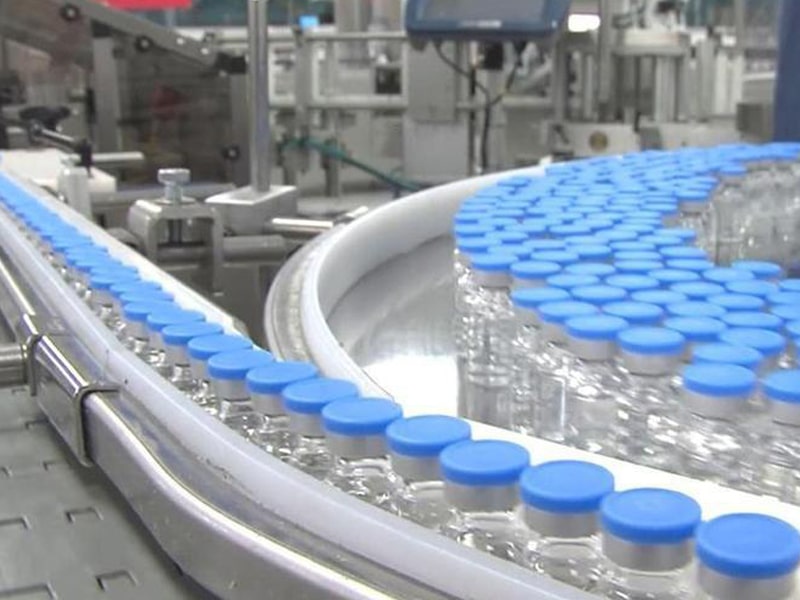
Key Components of a Vial Filling Line
A typical vial filling line is made of several critical components that work in harmony to ensure speed and sterility. These include an infeed system (unscrambler and conveyor), the filling module with precision pumps/nozzles, and downstream stoppering or capping machines. Common features and their functions are:
- Infeed and Conveyor: Automated unscramblers orient and feed sterilized empty vials onto the stainless-steel slat conveyor. The conveyor transports vials continuously through each stage.
- Filling Station: Multiple filling heads or nozzles dispense product (liquid or powder) into vials. These heads use volumetric or time-pressure pumps (peristaltic, piston, or diving-nozzle fillers) to deliver exact doses. High-capacity lines can be fitted with 4–20 heads depending on output needs.
- Stoppering/Capping Unit: Immediately after filling, an automated stoppering machine inserts and seats sterile rubber stoppers on each vial. In some lines, an integrated capping or crimping station seals the stopper with aluminum or plastic caps. This step usually occurs under Grade A conditions to prevent contamination.
- Control and Sensors: A programmable logic controller (PLC) coordinates all motions. Integrated sensors enforce “no-vial no-fill” safety interlocks (preventing product discharge without a vial) and continuously monitor fill levels. For example, in-line cameras and weighing systems verify volume and seal integrity in real time.
Together, these components form a complete vial filling line equipment package. Modern machines often advertise features like automatic format changeover, high-accuracy dosing pumps, and high-speed operation (e.g. 10 mL/second fill with ±0.5% accuracy).
Liquid vs. Powder Vial Filling Lines
Vial filling technology is tailored to the product type. A vial liquid filling line uses specialized pumps and nozzles to handle fluids of various viscosities. Liquids are typically dosed by pistons or peristaltic pumps, with diving nozzles that prevent foaming or spills. Inline liquid fillers work under aseptic conditions; many integrate buffer tanks and filters to degas or de-bubble the liquid before filling. In contrast, a vial powder filling line is designed for injectable powders or granules. These lines use precision auger or vibratory dosers enclosed in a sterilizing tunnel, allowing powder to be deposited into vials without air contamination. After powder filling, the line continues with stoppering and capping just like a liquid line.
Both liquid and powder lines follow the same overall principles: vials are washed and dried, moved to the filler, charged with product, then sealed. Powder systems often require additional containment (e.g. cRABS) and clean-in-place (CIP) sterilization between batches. Many facilities even install combined liquid/powder filling systems on a single frame, exchanging modules as needed for different products. Regardless of type, these vial filling line equipment setups are engineered to meet strict Good Manufacturing Practice (GMP) standards.
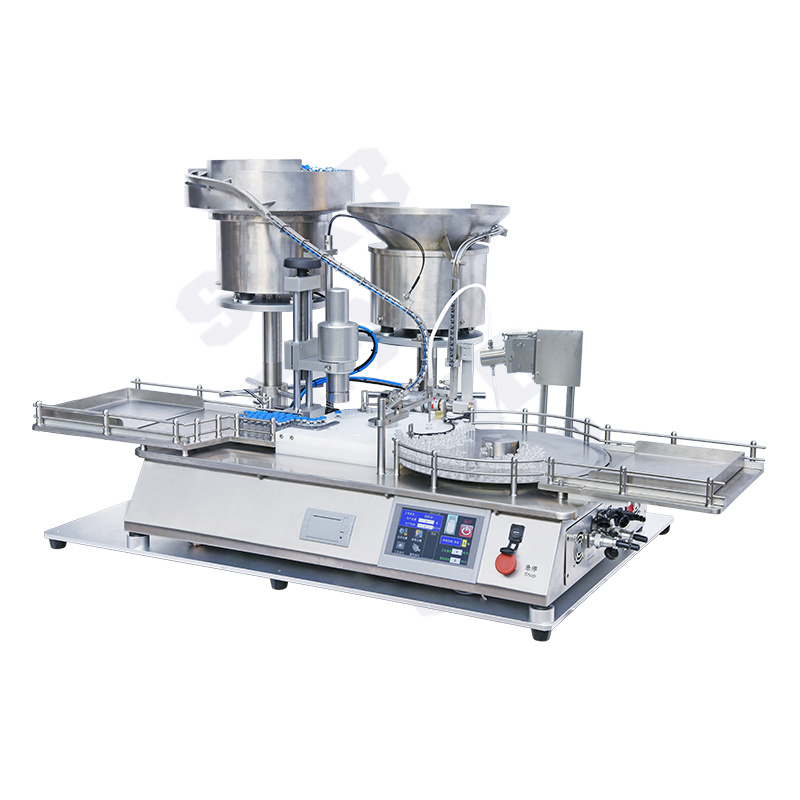 |
| Tabletop Vial Filling Line (bottle feeding/stopping/capping) |
Operation and Process Flow
- 1.Washing and Sterilization: First, empty vials undergo a thorough cleaning process. Automated in-line washers (using purified water and detergents) remove particles, followed by a sterilization tunnel (dry heat or chemical) to depyrogenate the glass. Some systems use CIP (Cleaning-in-Place) protocols so internal piping and valves are sanitized between batches. This ensures each vial enters the fill area completely sterile.
- 2.Vial Loading: Sterile vials are inverted and fed into the line via an infeed conveyor. A star-wheel or orienting mechanism spaces vials one by one to the filler. The “no-vial no-fill” system actively prevents the filler from discharging product unless a vial is correctly positioned beneath the nozzle.
- 3.Filling: At the filling station, the machine precisely dispenses liquid or powder into each vial. With multiple filling heads operating in parallel, a high-speed line can fill dozens of vials every second. For example, when filling a 10 mL antibiotic solution, the pump will deliver exactly the target volume (e.g. 10.2 mL accounting for stopper headspace) in under a second. Servo-driven peristaltic pumps or pressure fillers ensure the dose accuracy is within a tight margin (often ±0.5% of volume).
- 4.Stoppering and Sealing: Immediately after filling, the partially-filled vials advance to a stoppering unit. A robotic or mechanical inserter drops sterile rubber stoppers onto each vial mouth. The stopper may be pneumatically pressed into place and then crimped or heat-sealed depending on the vial design. This step is done in a Grade A clean zone to maintain sterility. Once stoppered, the vials typically move to any downstream capping or overwrap module for final closure.
- 5.Inspection and Labeling: After sealing, the line includes final quality checks. Vision systems inspect each filled vial for fill level, particulates, and proper seal integrity. Any vial failing these criteria is rejected. Concurrently, systems count and sort the product. Finally, an integrated labeling machine applies barcodes or labels to each vial, and a packing module readies them for shipping.
Throughout this process, each operation is validated and documented to comply with regulatory standards. Many high-end lines include inline data logging (weighing results, vision inspection records) for traceability.
Ensuring Sterility and Quality Control
Maintaining absolute sterility and accuracy is paramount. Vial filling lines operate inside controlled environments: the fill and stoppering area is often within an isolator or Restricted Access Barrier System (RABS) with ISO-5 (Grade A) laminar airflow. This positive-pressure, HEPA-filtered air prevents contamination of both product and open vials. In-line quality checks are baked into the system: automated weight checks (for example, every 50th or 100th vial) and high-resolution cameras verify fill volumes and spot particles. Advanced lines also monitor stopper placement and seal integrity in real time. If any deviation is detected, the line can automatically halt to prevent a bad batch.
To support these features, modern machines come with built-in CIP/SIP (clean-in-place/sterilize-in-place) systems. After each production run, the internal filling pathways and piping can be flushed and sterilized without disassembly. This reduces downtime between batches and ensures that residues or microbes do not carry over. Operators must validate these cleaning procedures regularly to meet cGMP requirements. In practice, adopting a good CIP protocol greatly extends equipment life and maintains high output quality.
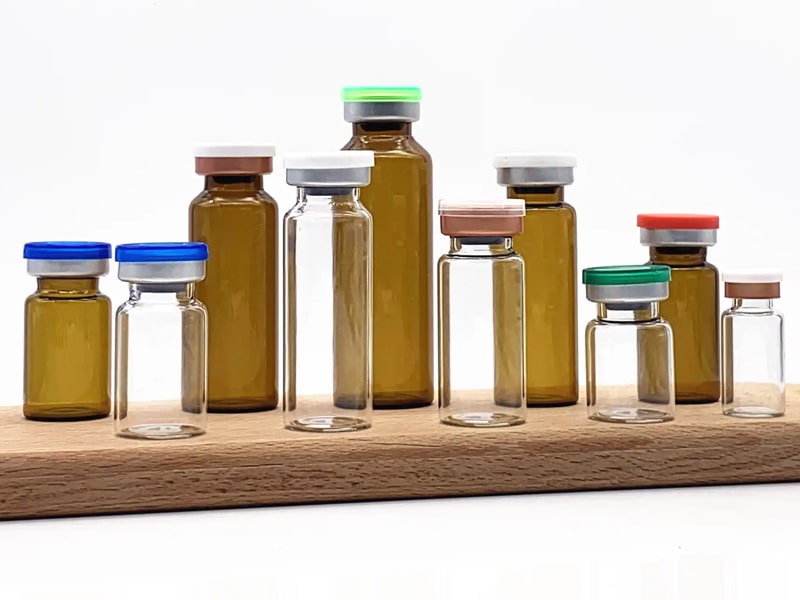
Advantages of Automation and Innovation
Integrating a vial filling line into production offers many benefits: high throughput, consistency, and safety. Because these machines replace tedious manual filling, pharmaceutical companies can multiply their output while reducing errors. For instance, a 12-head filling station running at 120 vials/min can process over 7,000 vials per hour – far beyond what manual methods achieve. At the same time, advanced dosing and control systems deliver uniform fills with minimal product waste.
Key advantages include:
- Speed and Efficiency: Multiple synchronized fillers allow continuous operation at high speed. Automated conveying means the line runs 24/7 with only occasional changeovers, drastically boosting production capacity.
- Accuracy and Yield: Modern filling pumps maintain tight tolerances (often ±0.5% or better) on volume. Built-in weight checks and vision systems catch underfills or overfills instantly, reducing loss.
- Sterile Operation: Fully enclosed design and isolators eliminate many contamination risks. By automating washing and stoppering, the line avoids human contact with the product. Cleanroom-grade materials (e.g. stainless steel 316L) and HEPA filters ensure the environment stays pathogen-free.
- Regulatory Compliance: Data capture and validation systems simplify GMP adherence. Electronic batch records, audit trails, and camera inspection logs are often integrated. Many lines support CFR 21 Part 11 compliance for electronic records.
- Flexibility and Innovation: Newer machines feature rapid format change (adjusting for different vial sizes) and recipe memory. They can switch between products with minimal downtime. Cutting-edge features like AI-powered vision can detect hairline cracks or subtle stopper misalignments that humans might miss. Real-time monitoring and feedback controls further optimize performance and help meet strict timeline goals.
In short, an automated vial filling line is an investment that supercharges pharmaceutical production. It ensures consistent quality, reduces cycle time, and ultimately gets critical medicines to patients faster.
Challenges and Considerations
Despite their advantages, vial filling lines come with complexities. Some challenges include:
- High Initial Cost: These systems involve significant capital expenditure and require specialized cleanroom infrastructure. Companies must ensure sufficient production volume to justify the investment.
- Maintenance and Validation: Precision pumps and delicate components need regular calibration. For example, peristaltic pumps may drift slightly after long runs, requiring automated recalibration protocols. Similarly, stopper feeders can jam at high speeds, so engineers often redesign stopper bowls and damping systems to minimize errors. All equipment must be re-validated after major cleanings or component changes.
- Sterilization Rigors: Aseptic operation demands stringent cleaning routines. Even a small lapse in sterilization (e.g. improper CIP cycle) can contaminate an entire batch. Therefore, robust SOPs and monitoring are critical.
- Regulatory Hurdles: Pharmaceutical filling lines must comply with FDA/EU regulations. Every material that contacts the product needs a justification (biocompatibility, leachables testing). Documentation (IQ/OQ/PQ) can be extensive.
- Limited Flexibility with Potent Products: For highly potent or cytotoxic drugs, additional containment is needed (like enclosed isolators) to protect operators. This adds to complexity.
By planning carefully and working with experienced suppliers, manufacturers can mitigate these issues. Preventive maintenance programs and operator training are essential to keep the lines running optimally and safely.
7 Proven Strategies for Maximizing Vial Filling Line Efficiency
1. Invest in Modular Equipment for Flexibility
Modular design allows for quick changeover between different vial sizes or formulations (liquid and powder). Choosing flexible vial filling line equipment ensures higher long-term ROI, especially in multi-product facilities.
2. Use Servo-Driven Pumps for Dosing Accuracy
High-performance servo-driven peristaltic or piston pumps enable ultra-precise dosing, often within ±0.5% of target volume. This reduces product waste and ensures uniformity in injectable therapies.
3. Implement No-Vial-No-Fill Sensors and Smart Controls
Smart PLCs and sensors prevent overfill, underfill, or void dispensing by ensuring a vial is present before dosing. These controls enhance quality assurance and minimize downtime.
4. Adopt Isolator Technology for Aseptic Environments
To maintain sterility, isolators or RABS systems create ISO 5 (Grade A) environments around the critical zones. This is especially vital for biologics, vaccines, and other sterile injectables.
5. Automate Cleaning with CIP/SIP Systems
Clean-in-place (CIP) and sterilize-in-place (SIP) systems automate internal cleaning and steam sterilization, cutting downtime and ensuring cGMP compliance between production runs.
6. Leverage Inline Vision & Weight Inspection Systems
Incorporate inline weighing and machine vision to check fill volumes, stopper placement, and seal integrity in real time. This ensures batch consistency and regulatory compliance.
7. Partner with Experienced Manufacturers (Like XUEBA)
Work with trusted suppliers who offer full lifecycle support—from design and installation to training and service. XUEBA’s integrated vial filling capping machines and stoppering machines are engineered for precision, compliance, and reliability.
Conclusion
A vial filling line is the backbone of modern injectable drug production. By automating the sequence of washing, filling, stoppering, and sealing, these systems radically increase throughput while safeguarding product quality. As pharmaceutical pipelines expand with biologics and vaccines, advanced vial filling machinery—with CIP/SIP, isolators, and smart controls—becomes ever more important. Implementing a well-designed vial filling line ensures that companies can meet growing demand, comply with strict GMP standards, and ultimately deliver life-saving medications efficiently.
Frequently Asked Questions (FAQ) About Vial Filling Line
1.What is a vial filling line?
A vial filling line is an automated manufacturing system that handles washing, filling (liquid or powder), stoppering/capping, and labeling of sterile vials used in pharmaceuticals, biotech, and laboratory applications.
2.What types of vial filling lines are there?
There are primarily liquid filling lines for fluids, powder filling lines for injectables in powder form, and aseptic filling lines enclosed in isolator or RABS systems. Each can be automatic or semi-automatic, depending on production volume.
What are the key components of a vial filling line?
A complete line includes:
● Infeed system (unscrambler and conveyor)
● Filling module (pumps/nozzles)
● Stoppering and/or capping unit
● Inspection and labeling stations
● PLC control with sensors for automation
4.How do vial filling lines maintain dosing accuracy?
They use servo-driven peristaltic or piston pumps with precision control, combined with no‑vial‑no‑fill interlocks and inline weight/vision systems, achieving dose variation within ±0.5%.
5.How is sterility ensured on a vial filling line?
Sterility is maintained via ISO-5 (Grade A) isolator or RABS environments, HEPA filtration, clean-in-place (CIP) and sterilize-in-place (SIP) systems, and strict no-contact designs to prevent contamination.
6.What is the difference between a vial liquid line and a vial powder filling line?
A liquid line uses liquid pumps and diving nozzles for fluids, while a powder line uses auger or vibratory dosing in enclosed chambers. Both follow the same modules but differ in filling mechanics.
7.Why should manufacturers use CIP/SIP systems?
CIP/SIP automates internal cleaning and sterilization processes without disassembly, reducing downtime, minimizing cross-contamination risk, and simplifying GMP compliance between production runs.
8.How does inline inspection work in vial filling lines?
Inline systems combine high-resolution cameras for visual inspection (fill level, particulates, stopper placement) with gravimetric weighing systems to ensure product integrity and automate quality control.
9.What is “no-vial-no-fill”?
This is a safety feature in vial filling lines that prevents the filling pump from operating unless a vial is correctly detected under the nozzle, avoiding spills and product waste.
10.What advantages does partnering with SFXB(XUEBA) bring?
SFXB offers modular and flexible vial filling line equipment (covering liquid, powder, stoppering, capping, CIP/SIP, vision systems), full lifecycle support (design, installation, training, service), and compliance with cGMP, FDA, and CFR 21 Part 11 standards.
| References: | |
| 1. | In-Line Force Analysis During Vial Filling ——Retrieved from:Pharmtech |
| 2. | As Injectables Become More Complex, Filling Lines Must Become More Modular ——Retrieved from:American Pharmaceutical Review |
| 3. | Pharmaceutical Filling Machines / Pharmaceutical Filling Equipment——Retrieved from:Pharmtech |


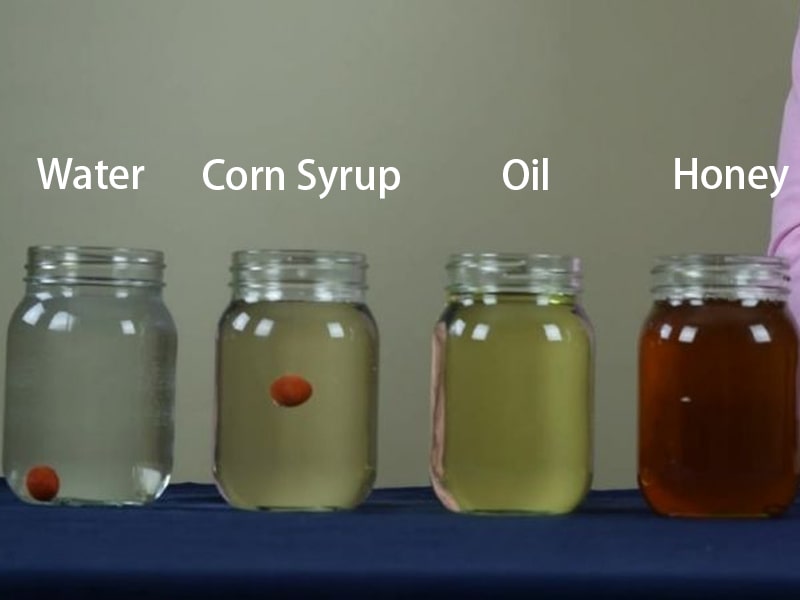
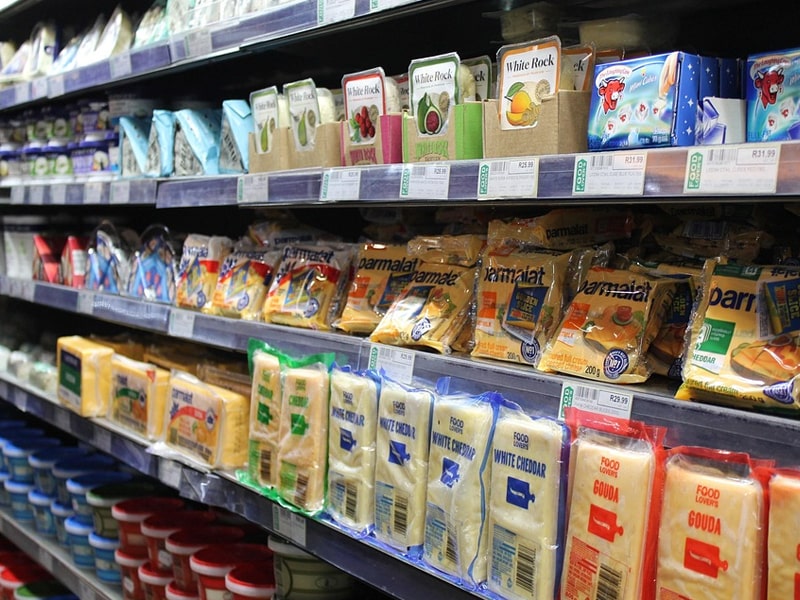
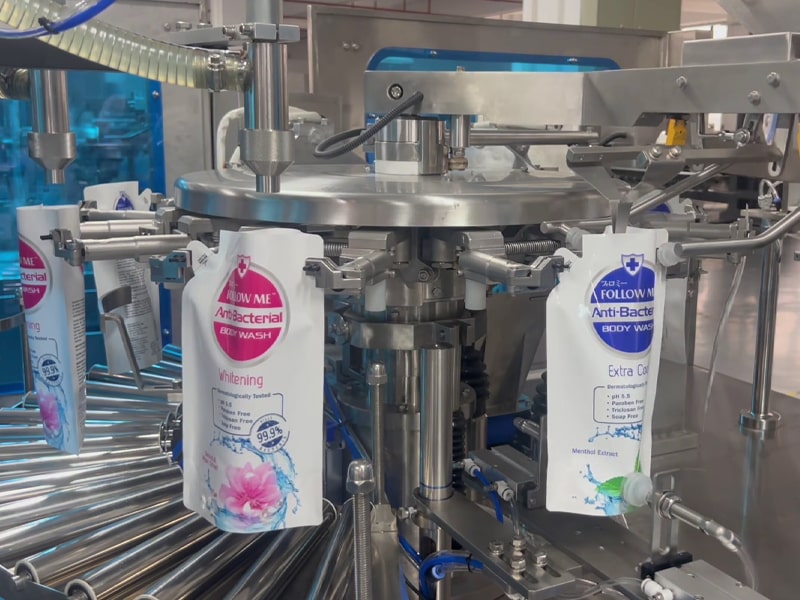

Comments